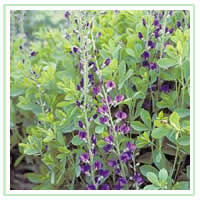
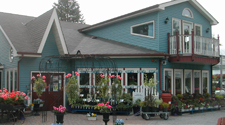 |
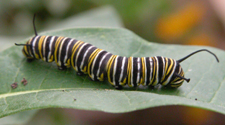 |
 |
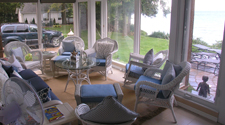 |
Garden Centre and Gift Shop |
Garden Centre and Gift Shop
☼ Gardeners' Calendar- Events/Seminars - Gardening Tips ☼ Specialty Gardens ☼
☼ Picnic & Play Park ☼ VIP Program & Perennial News
☼
Blue Willow's garden centre offers one stop shopping for all your gardening needs, including:
- Top quality gardening supplies and fertilizer
- Organic and natural fertilizers and pesticides
- Premium fully guaranteed nursery plant stock
- Specialty Gardens - water art gardens; butterfly gardens
- Potscaping - landscaping with potted plants
- VIP Program - Our Very Important Planter Program is back by popular demand.The VIP program will be extended this year to the first 200 purchasers only. This is how it works, purchase $100.00 of garden merchandise and automatically become a member, you receive a VIP card entitling you to 6 free perennials, one for your pick up every month..
- Construction services
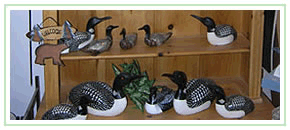

Picnic & Play Park
Enjoy a break with your children in our Picnic & Play Park. Plenty of shady space with picnic tables so you and your family can enjoy the whole day at Blue Willow. Bring your lunch or purchase snacks at our Caterpillar Cafe.
Gardeners' Calendar - Events/Seminars - Gardening Tips
[ January-February ] [ March-April ] [ May-June ] [ July-August ] [ September-October ] [ November-December ]
January-February |
Gardening Tips |
||
Gardening in the Winter [pdf] |
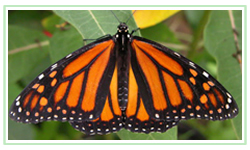
|
☼ Bounteous Blossoms [pdf]
SIMPLE GUIDELINES FOR A MEDIUM MAINTENANCE LAWN
Having a medium maintenance lawn does not imply that your lawn has to be an eyesore. Quite the contrary. In fact, your lawn will probably still be green when others have dried up. Also, with a good grass blend, you can step up your maintenance program at any time to improve the look of your lawn.
|
|
March-April |
|||
Gardening in the Early Spring [pdf] |
|||
May-June |
|||
Gardening in the Spring [pdf] |
|||
July-August |
|||
Gardening in the Summer [pdf]
|
|||
Common Name |
Scientific Name |
||
September-October |
|||
Gardening in the Autumn [pdf] |
Events at Blue Willow Garden & Design Centre: Sunday, September 11 |
||
November-December |
|||
|
|||
FEEDING BIRDS ALL-YEAR LONG In addition to having plants in your garden that naturally produce food for the birds, you can provide bird feeders so a constant supply of seed and nuts is available. Furthermore, you can view different species at closer range. Invest in a good field guide to help you identify these visitors. There are many styles of bird feeders from which to choose in wood or plastic. Some are for hanging and some can be pole mounted. If you have squirrels in your area, you will want to select a feeder whose seed opening automatically clamps shut as soon as the weight of a squirrel or chipmunk lands on the feeding tray. Or mount your feeder on top of a sturdy pole just far enough away from trees or the house that the squirrel can't jump onto it. You can grease the pole itself or attach a squirrel baffle to prevent the pests from reaching the top. Squirrels are ingenious and great high flyers so you might find it easier to feed them on the ground with peanuts still in the shell. There are large and small feeders depending on how often you're willing to refill the seed and what kind of bird you wish to attract. Bigger birds like Blue Jays and Cardinals simply won't land on a small feeder. Tubular feeders come with small perches and large or tiny seed openings from which the seed is dispensed. Sunflower seed and wild birdseed mixtures can be used in the former type while Niger seed fills the latter tube.
Birdseed: Sunflower seed is available in two forms-striped and black. Striped will attract all birds while black is the particular favorite of Blue Jays, Cardinals, and Chickadees. Suet cakes are an important food source to many birds in winter especially Chickadees, Woodpeckers, and Nuthatches. You can purchase a suet cage that fits a suet cake perfectly if you don't already have one built onto your feeder. Feed the birds all year, not just in winter, so you can enjoy the beauty of summer visitors too. And don't worry too much about birdseed falling on the ground unless it germinates. Mourning Doves and Juncos love to clean up the leftovers on the ground. |
|||
VIP Program & Perennial News
VIP Program = Very Important Planter Program is back by popular demand.The VIP program will be extended this year to the first 200 purchasers only. This is how it works, purchase $100.00 of garden merchandise and automatically become a member, you receive a VIP card entitling you to 6 free perennials, one for your pick up every month.
This is THE NEW PERENNIAL CLUB! One of the most informative perennials websites you'll find. If you love perennials, this is a great link to follow.
Perennial of the Year for 2010 is the Blue False Indigo (Baptisia australis).
copyright © 2010-2012 Blue Willow Garden & Landscape Design Centre
23834 HWY #48, Baldwin (Georgina), ON L0E 1A0
Tel:
905-722-5849 Fax:
905-722-3157



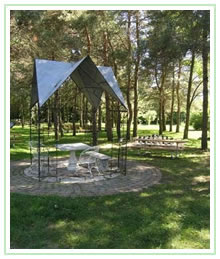
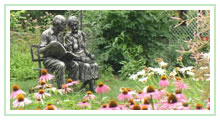 There's a third type of tubular feeder called an "Upside Down Feeder" that's for Goldfinches only. They are the only bird that will land on a perch and flip upside down to feed from the small opening directly below.
There's a third type of tubular feeder called an "Upside Down Feeder" that's for Goldfinches only. They are the only bird that will land on a perch and flip upside down to feed from the small opening directly below.